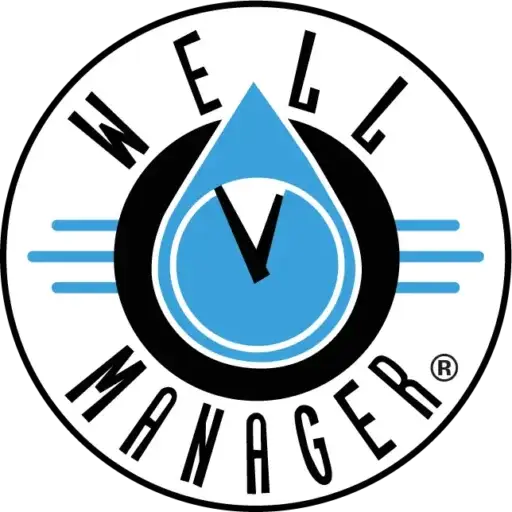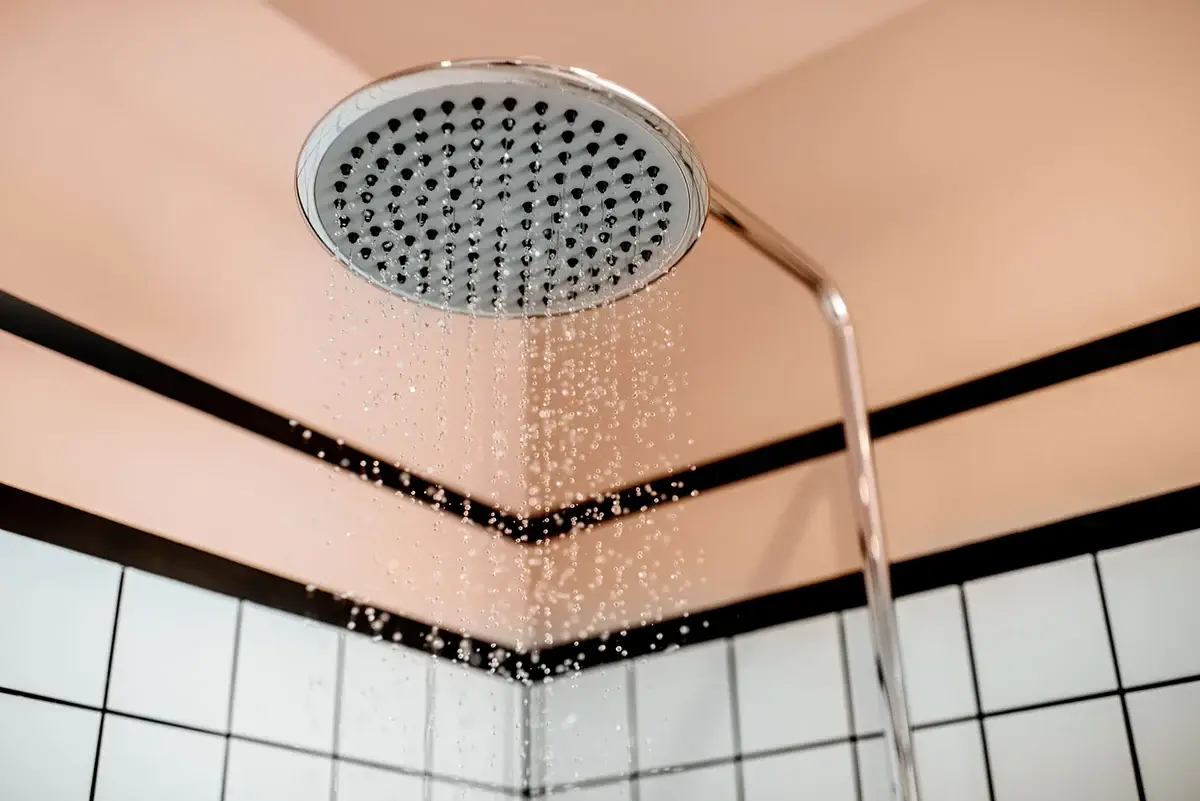When the shower fades the moment the washer starts, a water pressure booster pump sounds like relief. If you are on a private well, the real fear is different. You want better pressure without risking the buried submersible or jet pump that keeps your home running. That pump is expensive, hard to reach, and central to daily life. A stronger shower is not worth a burned-out well pump.
A booster pump does not harm a well pump by itself. Poor integration does. Inline “quick fixes” can create the exact conditions that shorten well pump life: rapid cycling, dry running, and unsafe pressure spikes. Storage-based, flow-limited booster designs avoid those conditions and often reduce stress on the existing pump. That is the difference between a well that lasts and a well that struggles.
How Inline Boosters Create Real Problems
Homeowners often place a booster after the pressure tank because it is simple to plumb. That simplicity hides a trap. The booster drains the pressure tank quickly, which forces the well pump to start and stop in short bursts. Each start loads the motor with heat and beats up contacts, relays, and capacitors. The result is a system that “hunts” for pressure and wears itself out doing it.
Pressure tanks also hold less usable water than the label suggests. Only a slice of the stated capacity is available between cut-in and cut-out. Under booster demand, that small drawdown disappears fast. The well pump then chases every faucet and appliance, sometimes switching on and off dozens of times during a single morning routine. Short, frequent cycles are the opposite of what most pump manufacturers recommend for motor life and reliability.
The pattern is easy to recognize. You hear frequent clicks at the pressure switch. The shower surges, then sags. The pump never runs long enough to cool properly and rests for only a moment before starting again. This is the first path by which a thoughtless booster setup shortens a well pump’s life.
Well Drawdown and Dry Run Damage Risks
Even if cycling is under control, the booster can demand more water than the aquifer can deliver in real time. As the water level in the well drops, the submersible loses the flow it needs for cooling and lubrication. A submersible that runs without water overheats and damages its seals and windings. A shallow well jet pump faces a different failure. It can lose prime when air enters the suction line and then runs dry until someone notices.
Low yield wells are the most vulnerable. Heavy morning use or a long irrigation run can pull the water level below the pump intake. Air ingestion follows, along with grit that scours impellers and bearings. None of this has anything to do with the brand of booster. It is the result of asking the well for peak flow at the exact moment the family needs it most. The safest approach is to decouple that peak from the well.
Pressure Spikes, Water Hammer, and Codes
A booster that is not coordinated with the rest of the system can create pressure spikes when fixtures close. Those spikes slam check valves, rattle pipes, and stress fittings. Over time, the shock cracks joints and causes nuisance leaks. Dead heading a booster against a closed valve can also drive pressures well beyond what fixtures and appliances are designed to handle.
Residential plumbing codes reflect these realities. They require pressure-reducing protection when static pressure is high. They also assume the system has relief for unusual conditions. The point is not to chase a bigger pressure number for its own sake. High, uncontrolled pressure does not make the shower feel better for long. It only increases the odds of a failure you cannot see until it becomes a mess.
The Safe Pattern for Booster Design
There is a proven way to raise pressure without putting the well at risk. Place an atmospheric storage tank between the well and the home. Use float control so the well pump fills that tank at a steady, limited rate that matches the well’s recovery. Supply the house from the tank with a smart booster that holds outlet pressure constant. This breaks the direct link between faucet use and well pump operation.
That single change solves three problems at once. The well pump runs in fewer, longer cycles and stays cool. The aquifer can recover because the well is not being asked for peak flow at peak moments. The booster sees a stable inlet, which eliminates most of the pressure surges that rattle the plumbing. Add low water protection on the storage tank, and the system automatically stands down to prevent a dry run event. Good engineering trades frantic on-off behavior for calm, predictable operation.
Why ConstaBoost Protects Your Well Pump
ConstaBoost follows the safe pattern on purpose. It collects water at a fixed, sensible rate and uses a float-controlled fill so the well pump is never forced to chase demand. Real storage buffers peak household use, which means morning showers and laundry draw from the tank rather than the aquifer. On the outlet side, a variable speed DAB pump holds steady pressure and avoids the surge and dip feel of on-off boosters.
Protection is built in rather than added as an afterthought. Optional cycle and dry run sensing shuts things down before damage occurs. An overflow path protects the home if a valve ever sticks. The result is simple to explain. Your well pump works at a sustainable pace. Your fixtures see smooth pressure. You get the performance you wanted without moving the weak points of the system somewhere you cannot see.
When an Inline Booster is Acceptable
There are homes where a simple inline booster after the pressure tank is a reasonable choice. The well must be healthy with a comfortable yield. The pressure tank must be sized and charged correctly. Pressure switch settings and booster controls must be coordinated so that starts per day stay low and run times remain long. The distribution system must be protected so that static pressure does not exceed safe limits.
Even in those cases, watch the system closely. If you notice frequent clicking at the pressure switch, pressure swings at the tap, or the pump starting with every small draw, the guardrails have been crossed. At that point, the smart move is to step back to a storage-first design that restores margin and protects the source.
Bottom Line for Homeowners On Boosters
A booster pump does not automatically damage a well pump. Poor integration does. Designs that drain the pressure tank quickly, pull the well down during peak use, and ignore pressure control set up the three classic failure modes: rapid cycling, dry run, and over pressure. Storage-based, flow-limited systems with float control, constant pressure boosting, and protective shutdowns deliver the pressure you want while protecting the pump you depend on. That is what ConstaBoost was built to do.



